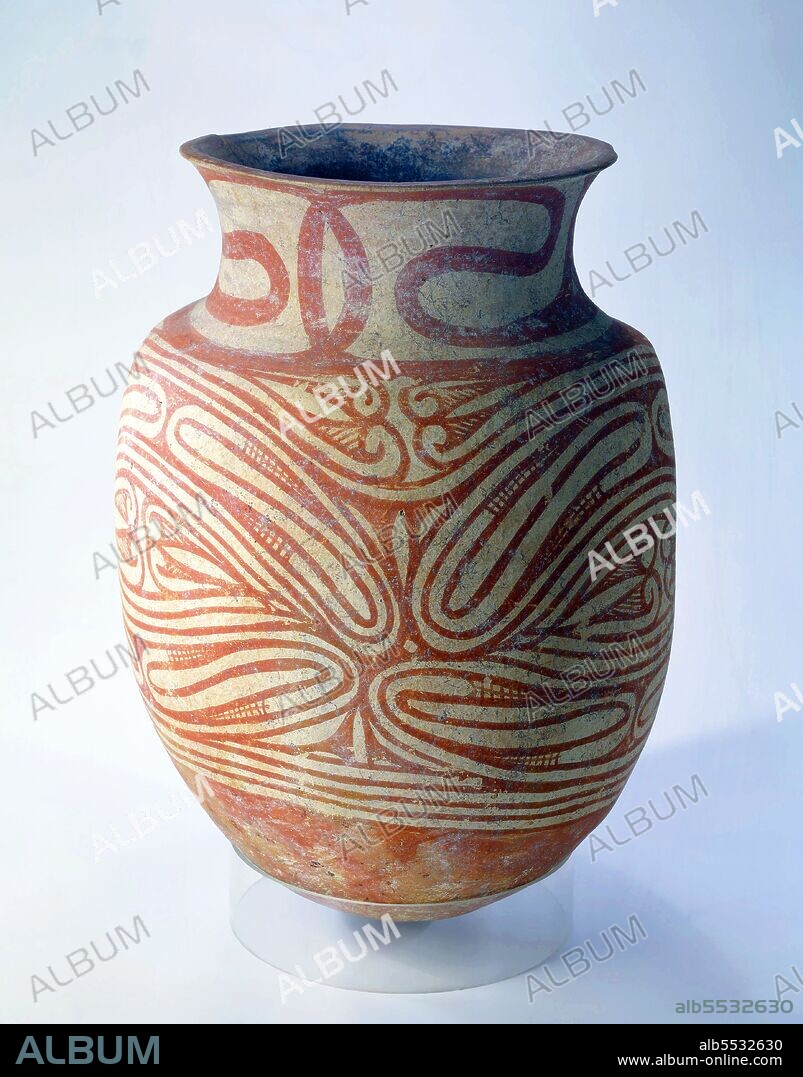alb5532630
Thailand: Ban Chiang pot from Nong Han District, Udon Thani Province, c. 3000-2000 BCE

|
Añadir a otro lightbox |
|
Añadir a otro lightbox |



¿Ya tienes cuenta? Iniciar sesión
¿No tienes cuenta? Regístrate
Compra esta imagen.
Selecciona el uso:

Título:
Thailand: Ban Chiang pot from Nong Han District, Udon Thani Province, c. 3000-2000 BCE
Descripción:
Ver traducción automática
Ban Chiang Archaeological Site is a prehistoric human habitation and burial site. It is considered by scholars to be the most important prehistoric settlement so far discovered in Southeast Asia, marking the beginning and showing the development of the wet-rice culture typical of the region. The site has been dated by scientific chronometric means which have established that the site was continuously occupied from 1495 BCE until c. 900 BCE making it the earliest scientifically-dated prehistoric farming and habitation site in Southeast Asia. Ban Chiang is considered the most important prehistoric settlement so far discovered in South-East Asia. It marks an important stage in human cultural, social and technological evolution. The site presents the earliest evidence of farming in the region and of the manufacture and use of metals. Ban Chiang was officially inscribed as a UNESCO World Heritage Site in 1992.
Crédito:
Album / Pictures From History/Universal Images Group
Autorizaciones:
Modelo: No - Propiedad: No
¿Preguntas relacionadas con los derechos?
¿Preguntas relacionadas con los derechos?
Tamaño imagen:
3700 x 4720 px | 50.0 MB
Tamaño impresión:
31.3 x 40.0 cm | 12.3 x 15.7 in (300 dpi)
Palabras clave:
ALFARERIA • ARCILLA • ASIA • ASIATICO • CERÁMICA • CERÁMICO • HISTORIA • HISTORICO • MACETA • MUNDIAL DE LA UNESCO PATRIMONIO DE LA HUMANIDAD • OBJETO DE ARCILLA • OBJETO DE CERAMICA • SIAM • TAILANDES • TAILANDIA • TERRACOTA • TERRACOTTA
 Pinterest
Pinterest Twitter
Twitter Facebook
Facebook Copiar enlace
Copiar enlace Email
Email
